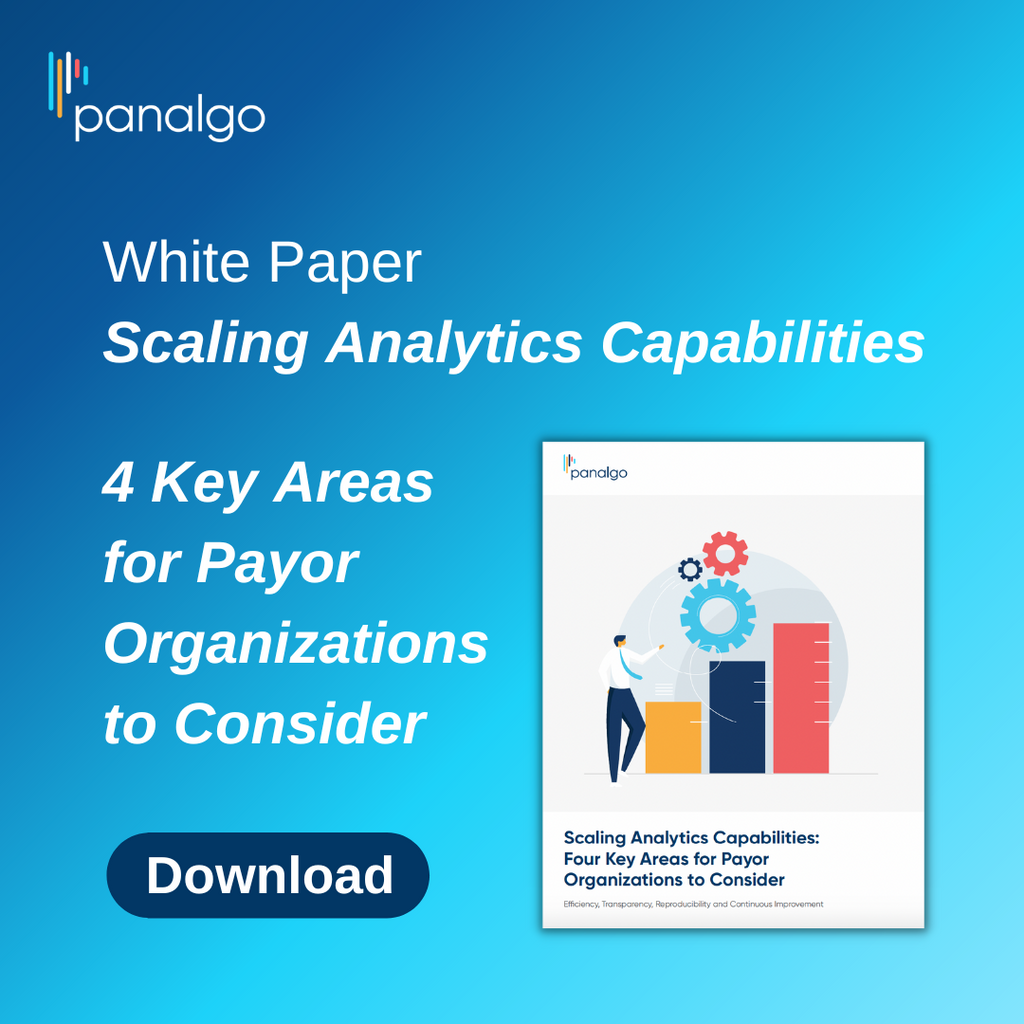IRA Pressures, Increased M&A Are Likely Pharma Themes This Year
-
Feb 06, 2025
From more merger and acquisition (M&A) activity due to the incoming administration’s pro-business stance to continued impacts from the Inflation Reduction Act (IRA), 2025 is likely to be a busy year for pharma. Will there be a potential increase in flexibility around planned deals by the Federal Trade Commission (FTC), or will challenges to deals persist? AIS Health spoke with Yana Faykina, director of advisory services at MMIT, and Kristin Pothier, U.S sector leader for life sciences at KPMG, about what the pharma industry may see in 2025. (Editor’s note: These comments have been edited for length and clarity. AIS Health and MMIT are both Norstella companies.)
AIS Health: What are some pharma issues to keep an eye on in 2025, and why?
Faykina: Some of the issues that will carry over into 2025 are Medicaid redetermination, the IRA’s continued impact and an emphasis on outcomes-based agreements. Further, increased competition and downward pressures on price from increased biosimilar competition, with Stelara [(ustekinumab) from Johnson & Johnson Innovative Medicine] biosimilars entering the market last month.
Pothier: [There are several issues, including]:
- Patent expirations: The pharmaceutical industry is at a crossroads in 2025. With 190 drugs set to lose patent exclusivity by 2030, including 69 blockbusters, we're looking at $59 billion in sales at risk by 2029. This pressure is driving a surge in innovation, particularly in precision medicine and advanced therapeutics. At the same time, higher interest rates and tighter drug pipelines are creating challenges for R&D investment and dealmaking.
- Innovation needs: The incoming administration will play a pivotal role in shaping the pharmaceutical landscape over the next year. Nearly half of U.S. CEOs delayed major investments until after the election, highlighting the uncertainty surrounding health care policy and drug pricing. Now, with greater clarity, we expect to see companies adjust their strategies as they navigate the administration's priorities and potential regulatory changes.
- IRA and FTC challenges: The IRA and ongoing FTC challenges to patents are two key issues to watch in 2025. The IRA will continue to influence drug pricing and access, while increased regulatory scrutiny could reshape how companies approach innovation and intellectual property. Together, these factors are redefining the risk-reward equation for pharmaceutical dealmaking.
- Generative AI applications: Competition in precision medicine and advanced therapeutics will be intense as companies work to replace revenue streams from expiring patents. While the exact competitors remain to be seen, the drive to innovate and lead in this space will define the industry in 2025.
AIS Health: What kind of impact on the pharma industry over the next year do you think the incoming administration may have?
Faykina: The Trump administration is broadly viewed to have a pro-business stance, so investors are hopeful that their policies will help increase health services deal activity throughout 2025. Further, given the recent macroeconomic environment, there have been few digital health IPOs in the last few years. Investors are expecting an uptick in health care IPOs this year. Companies that may be getting an IPO this year include Omada Health, Hinge Health, Sword Health, Aledade and Quantum Health, according to a report from Nelson Advisors, among others.
Pothier: While we won't speculate on specific administration policy priorities, nearly half of U.S. CEOs delayed investment decisions pending election outcomes. The administration's stance on health care policy, drug pricing and regulatory reforms (e.g., IRA implementation or patent protections) could significantly influence industry investments and strategies.
AIS Health: What are you keeping an eye on with respect to the IRA or any other legislation?
Faykina: In regard to the provisions of the IRA [taking effect] in 2025, there will be a lower $2,000 yearly cap on out-of-pocket prescription drug costs in Medicare. Further, as of Jan. 1, 2025, the IRA required the phaseout of the Medicare coverage gap, which is being replaced by the Manufacturer Discount Program. For Medicare beneficiaries, this means they no longer have to worry about reaching a coverage threshold after which they would be 100% responsible for the cost of their prescription drugs. Effective Jan. 1, 2025, Part D coverage will be available only for applicable drugs covered by an agreement with CMS. Under this program, participating manufacturers are required to provide discounts on their applicable drugs in the initial coverage and catastrophic coverage phases of the Part D benefit.
Pothier: The Inflation Reduction Act is a key topic in the conversation around drug pricing and access, and that will continue to be a major focus in 2025. At the same time, the regulatory pressures are changing how the industry approaches growth and innovation and possibly deterring some M&A deals and innovation pipelines.
AIS Health: Are there any anticipated competitors to certain drugs or within a particular class that may have a big impact?
Faykina: The arrival of Stelara biosimilars in January 2025 will have a big impact in the immunology space. Stelara biosimilars were originally expected in 2023, but due to settlement agreements, they were postponed to 2025. There are at least seven Stelara biosimilars that have been approved, with at least three of them approved just in December 2024. The launch of the first Stelara biosimilar was in January with Wezlana [(ustekinumab-auub) from Amgen Inc.] and others following in subsequent months. The approval of Stelara biosimilars will put downward pressures on pricing of both Stelara and other approved therapies for Crohn’s, ulcerative colitis, plaque psoriasis and psoriatic arthritis, and will increase payer demand for rebates and more favorable contracting terms on the reference brand and competitive brands.
AIS Health: Are there any results expected in 2025 from clinical trials that the industry is keeping an eye on?
Faykina: Ionis Phase III topline results for olezarsen in severe hypertriglyceridemia is expected in the second half of 2025. This is a condition characterized by extremely high levels of triglycerides in the blood, [and it has] a large patient population with high unmet need. Currently available therapies only provide modest reduction of triglyceride levels.
AIS Health: What do you think we may see in terms of M&A activity this next year?
Faykina: There has been an uptick in M&A activity across the sector, with J&J announcing in early January that they will purchase Intra-Cellular Therapies for $14.6 billion, which will make it the biggest recent biotech deal. This will build on J&J’s longtime focus on neurological conditions and treatments for neuropsychiatric and neurodegenerative disorders. The acquisition includes Caplyta [(lumateperone)], the first and only U.S. FDA-approved treatment for bipolar I and II depression as an adjunctive and monotherapy; it is also approved for the treatment of schizophrenia in adults and is currently in Phase III clinical trials as an adjunctive treatment for adults with major depressive disorder. Further robust M&A activity is expected in the industry throughout 2025.
Pothier: We expect M&A activity to pick up in 2025, particularly in life sciences. Private equity is likely to lead the way as interest rates drop, but corporate dealmaking may take longer to scale as companies process the implications of [a new administration]. MedTech and diagnostics are showing signs of recovery, and we anticipate more consolidation in fragmented sectors like commercial MedTech. The intersection of health care and life sciences is another exciting area, with pharma distributors acquiring physician practices to create end-to-end solutions for chronic care patients.
AIS Health: Is there anything I’ve neglected to ask about that you’d like to add?
Pothier: The real story for 2025 isn't just about the deals — it's about what happens after. Integration will be critical to ensuring these transactions deliver financial, operational and clinical value. At the same time, generative AI is emerging as a transformative tool, from preventing pharmacy fraud to optimizing supply chains and increasing operational efficiency. The growing role of generative AI and partnerships with technology providers like Salesforce, SAP, Oracle and Microsoft with life sciences companies are embracing AI as a cornerstone of innovation [and]…will continue to drive efficiencies and innovations in the industry.
© 2025 MMIT












